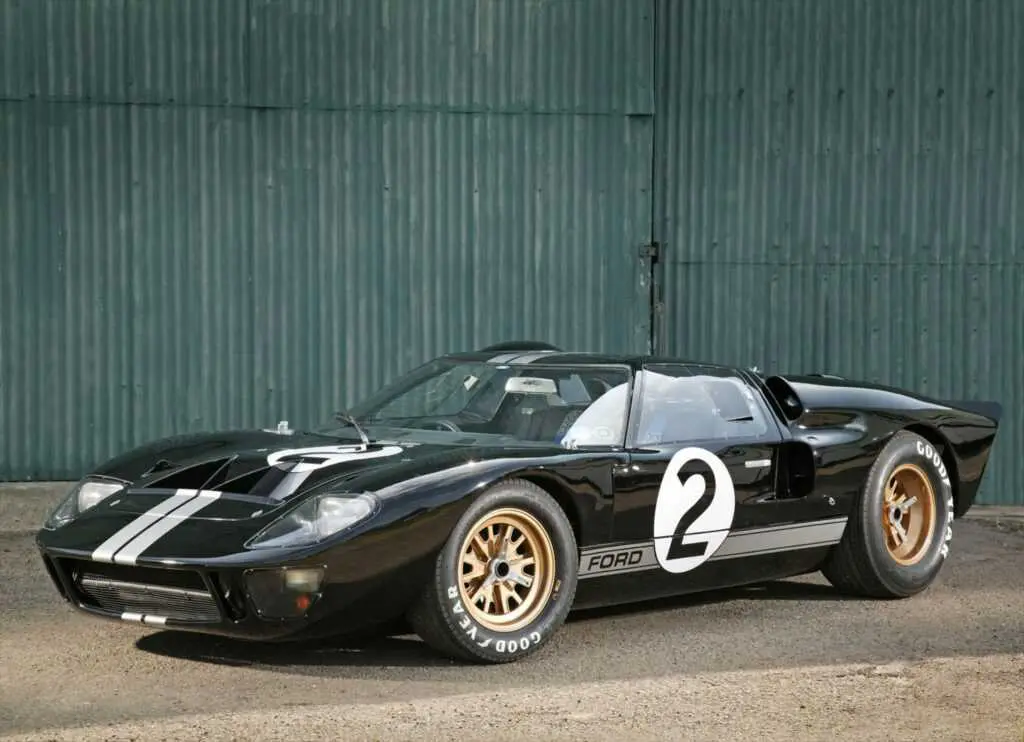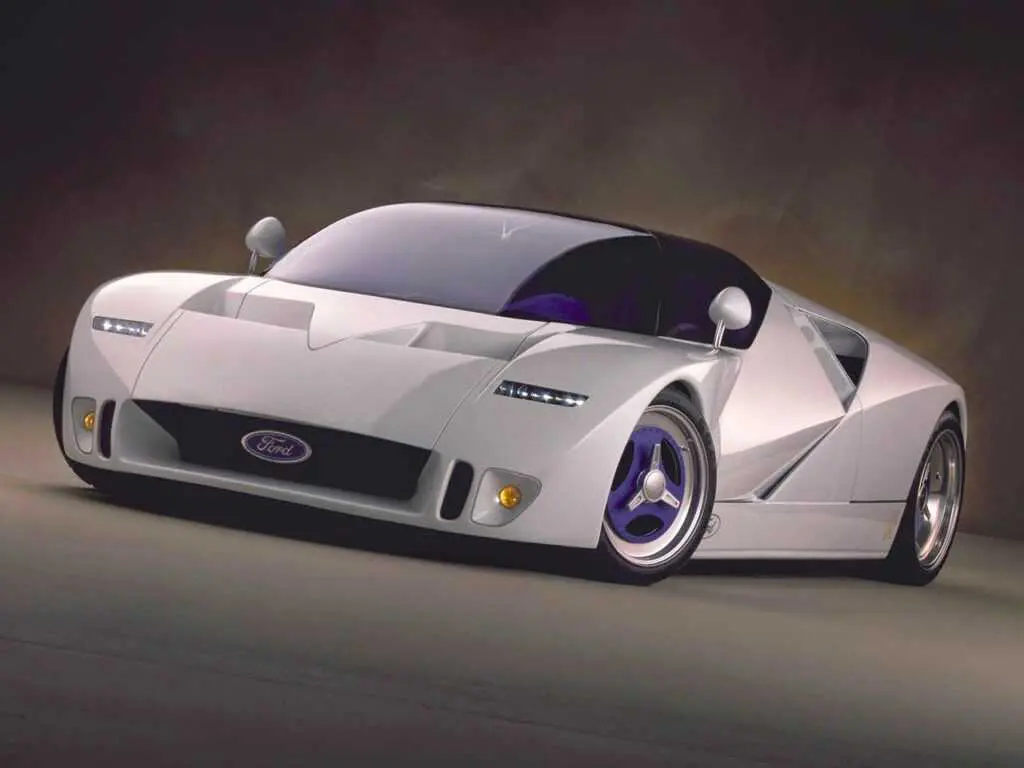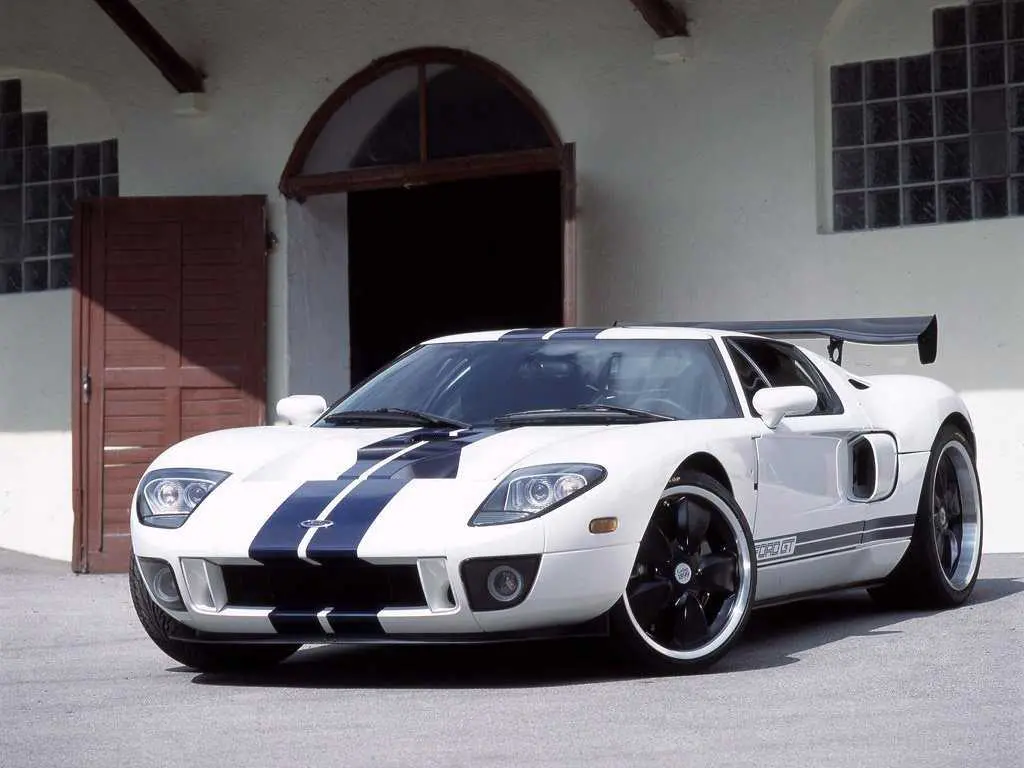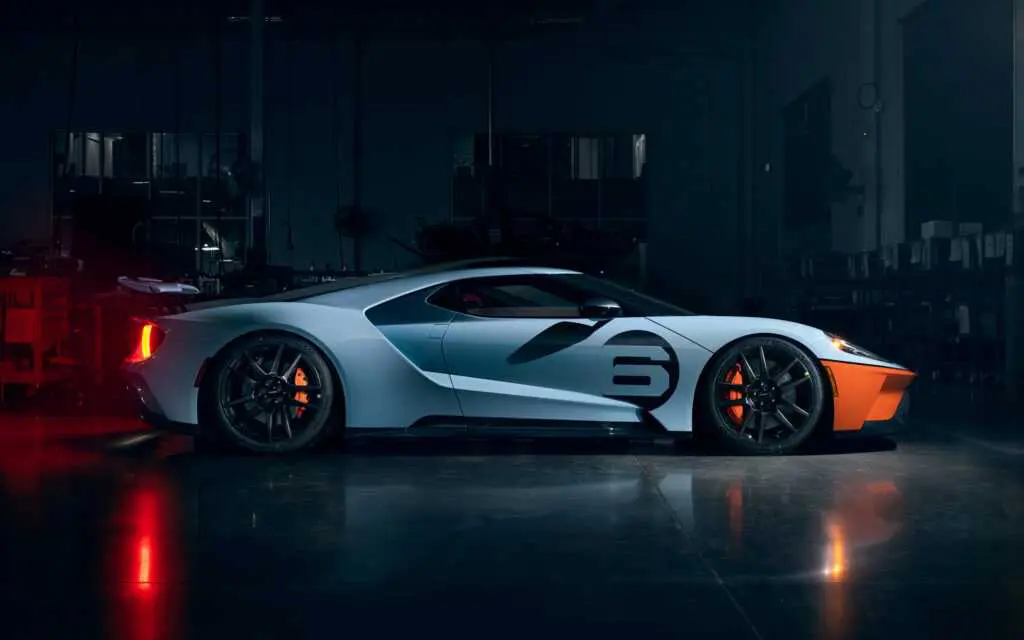The Legendary History of the Incredible Ford GT
We can often criticise the American car industry for having fewer supercars and no real competitors to the likes of Ferrari, Lamborghini, or Pagani. That might be true, although the Americans try their best to offer numerous similar models that can match the performance or appearance of those exotic European brands. However, there is one name in the supercar business that, for almost 60 years, defended the American supercars class and managed to defeat its competitors on the streets and on the track. Yes, we are talking about the incredible Ford GT and its amazing history, which continues to fascinate car enthusiasts. As you probably know, Ford’s supercar evolved through three distinctive generations (and a couple of concepts), and we will tell you all you need to know about these amazing sports cars.
Ford GT40 (1964 to 1969)

If you watched “Ford vs. Ferrari,” you probably know the story, and in the early ’60s, Ford Motor Company actually tried to buy Ferrari. The negotiations fell through, and Henry Ford II, the almighty Ford boss, felt that Enzo Ferrari showed him disrespect and lack of professionalism during the process. The Deuce, as Henry Ford II was known, was extremely angry and wanted Ferrari’s blood but realised that the only way to really hurt Ferrari was to beat them on the track. Back in the early ’60s, Ferrari owned the 24 Hours of Le Mans race, and Ford thought that this was the perfect place for a high-speed showdown.
However, there was one problem. Ford didn’t have the technology, engineers, know-how, or any real idea of how to build a racing machine capable of beating Ferrari, so they teamed with Lola and Aston Martin’s ex-team manager John Wyer. The car started to take shape, and in 1964 the first GT40 was introduced. The GT was pretty self-explanatory, but “40” comes from the car’s height, which stood a mere 40 inches from the ground. During 1964 and 1965, Ford’s team started competing all over the globe, but the GT40 had mixed success. The car was still in need of development, although it showed enormous potential.
In order to make the car better, Ford brought the legendary Carroll Shelby to the team with a host of renegade engineers and drivers who managed to turn the GT40 from a promising car to an unbeatable machine. Powered by mighty 4.7 and 7.0-litre V8 engines and equipped with the latest in racing technology, the Ford GT40 was an extraordinarily fast and, more importantly, reliable car. The big V8s delivered up to 500 hp in race trim and massive amounts of torque needed to sustain top speed for longer than competitors.
The history-defining moment came in 1966 when Ford managed to win the 24 Hours of Le Mans in front of the shocked Enzo Ferrari, who attended the race. The same achievement was repeated in 1967 and amazingly in 1968 and 1969! Never before has one car managed to win this legendary race four times in a row. Even though Ferrari tried hard to fight the Ford with a beautiful P3 race car, it just wasn’t enough, and Ford effectively and successfully retaliated by ending the Italian Le Mans domination forever.
Over the course of five years, Ford managed to build exactly 105 cars (including a small number of road-going examples) in four distinctive series Mk I to Mk IV. Today, the original cars are incredibly expensive, but there are a large number of replicas produced over the years. Call us biased, but a classic Ford GT40 MkII in Gulf Oil colours is still the best-looking racing car ever made.
Ford GT70 (1970 to 1973)

By 1970, Ford GT40’s racing career was over, but Ford UK decided to use the know-how and produced a smaller, mid-engine racing car destined for rally courses. The idea was to make a competitor for the Porsche 911 and Alpine A110, which were dominant in rally racing in the early ’70s. Ford contracted Ercole Spada, a famous Italian designer, to create the car and fitted it with a 1.6-litre four-cylinder and later with a more powerful, 2.8-litre V6 engine. Although the idea was sound, production problems and reliability issues plagued the project. Only six cars were ever built and had disappointing results in racing. The project was canceled in 1973, and not a lot of people know about this chapter in the Ford GT story.
Ford GT90 Concept (1995)

Most concept cars become forgotten and obsolete once they leave car shows, but not the Ford GT90. Introduced in 1995, it primarily showcased Ford’s new “New Edge” design language, but supercar enthusiasts interpreted it as the announcement of Ford’s intentions to get back into the supercar game. The fantastic and angular design still remains fresh and unique even though the car is 26 years old. However, even more impressive is its engine. Ford made a unique, quad-turbocharged, 5.9-litre V12 engine (basically, two V6 put together and topped with four turbochargers) which delivered an insane 725 hp and 660 lb-ft of torque! With 0 to 60 mph of 3.1 seconds and a top speed of 253 mph, the GT90 would still be very competitive amongst the 2021 supercars! Unfortunately, Ford never intended to put it in production. Still, it showed that many people were very passionate about the GT heritage and that Ford really has a business case there.
Ford GT (2004 to 2006)

The Ford Motor Company was high on retro-futurism in the early 2000s with the Thunderbird, Mustang, and several concept cars that were directly inspired by the company’s rich history. One of them was the 2002 Ford GT, a gorgeous nod to the GT40 and its unique design. Unfortunately, Ford didn’t have a right to use the GT40 moniker, so this concept was simply called GT, but everybody knew what it was. The 2002 concept was a clear sign that the production model was close, and in 2004, the Ford GT was introduced and immediately became one of the most sought-after supercars on the market.
The GT’s design was a masterpiece of retro-futurism using the same lines, shapes, and proportions of the classic model but remastering them for the 21st century. Even the interior had the same features with a full-length dash and seats with holes for keeping the weight down. However, the drive train was utterly modern with a 5.4-litre supercharged V8 which initially had 550 hp and delivered breathtaking performance. The 2004 to 2006 GT wasn’t a barely disguised race machine as its predecessors but a supercar of the highest order, overshadowing its European counterparts with its looks and sheer speed.
Production lasted until 2006, and apart from the closed version, Ford did produce the GTX 1, which had a removable roof. It was also significantly more potent at 700 hp, more expensive, and more exclusive, with only 100 made. The overall production figures for the 2004 to 2006 Ford GT are 4038 cars made, all in left-hand-drive configuration. Even though it was conceived as a road-going machine, Ford did produce race-spec GT1 and GT3 models, sold to private racing teams, but those cars didn’t have any significant success on the track.
Ford GT (2016 – present)

The 2004 to 2006 GT was a significant car for Ford. First, it sold very well and over 4000 cars delivered is considerable success in this segment. Second, it showed that Ford’s team had the knowledge to push things even further and repeat its glorious history. That is why the next model needed to be much more than just a pretty car with a powerful engine. It needed to be the uncompromising racing machine with working A/C and license plates.
Ford was quiet about the current GT for long and only acknowledged its existence when the car was ready to be introduced in 2016. The designers and engineers had the difficult task of making a thoroughly modern car but still respecting the heritage and essence of the Ford GT. When the current generation was introduced, the car world was stunned. It was obviously a Ford GT but not a romantic-looking, road-going supercar for boomers. Quite the contrary, it was a highly competent, sharp, and insanely capable precision driving instrument for the 21st century, designed as a weapon with military-grade materials and technology. For a start, it didn’t even have a V8 and manual, which was a signature element of so many GT’s from the past. Instead, it was powered by a highly modern 3.5-litre EcoBoost V6 with up to 700 hp sent to rear wheels over a dual-clutch automatic.
But the engine is only half of the story; the rest of the car was pure racing technology, from its pushrod suspension and carbon-fiber monocoque to the Gorilla glass windshield and titanium components. The result is an insanely advanced driver’s car that can act as a daily driver, but it’s far happier on the track. Ford wanted to go racing and knew that if they made a standard supercar, it would be expensive and time-consuming to turn it into a race car. However, if they made a race car first and foremost, only softening it a bit for regular use, they could save money and time and ultimately offer a more unique driver’s experience.
This approach paid off big time, and not only does Ford have a list of clients ready to pay $500,000 for the privilege of being a Ford GT owner, it even managed to recreate the history where it matters. In 2016, exactly 50 years after the Ford GT40’s legendary win, the Ford GT managed to dominate the 24 Hours of Le Mans, taking the checkered flag in LM GTE-Pro class, again finishing in front of the Ferrari team. Since then, the current GT continues to race and to win in the spirit of its famous predecessors.









